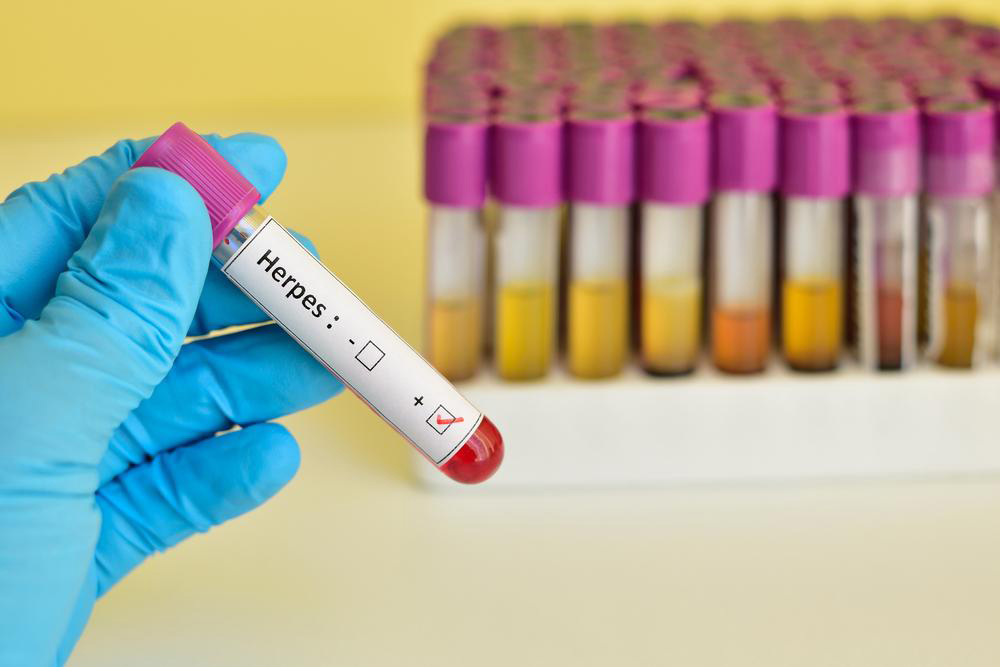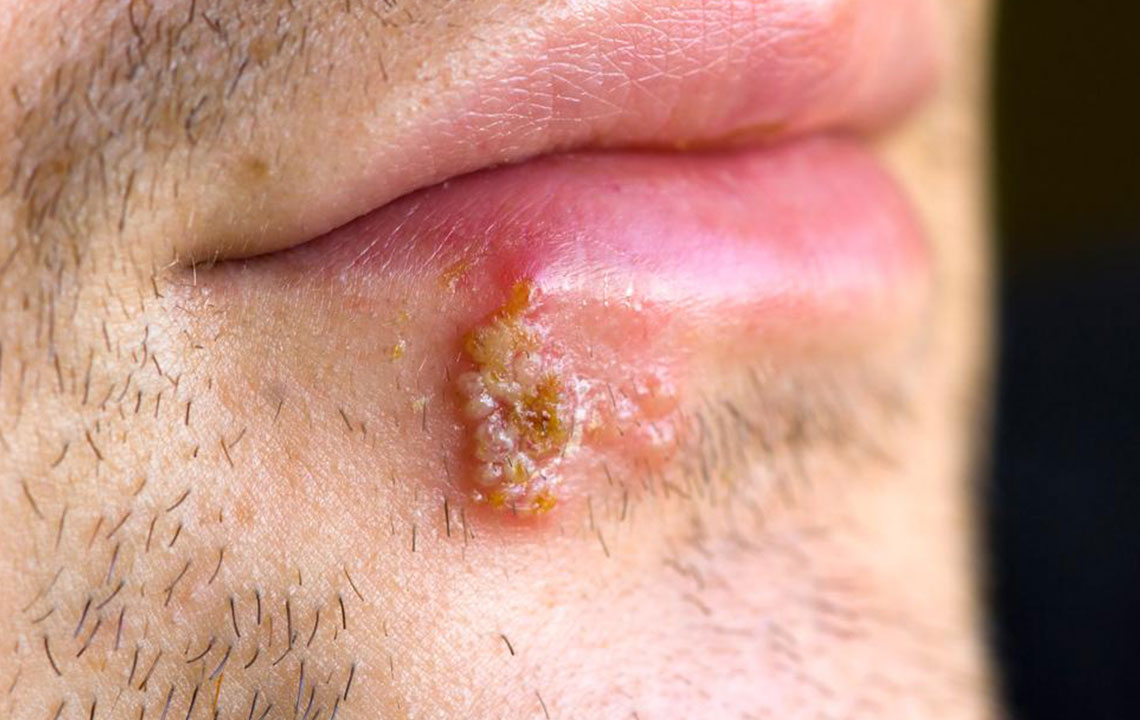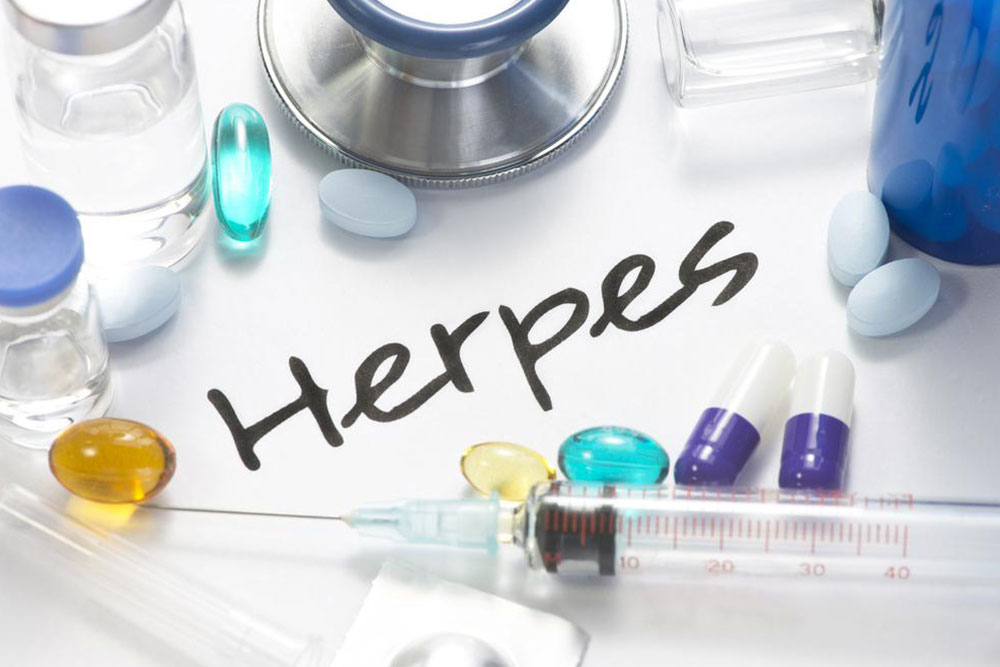A Comprehensive Guide to Herpes: Types, Symptoms, and Prevention Strategies
This comprehensive guide explores the types, symptoms, and prevention strategies for herpes. Covering HSV-1 and HSV-2, the article emphasizes the importance of safe practices, early treatment, and lifestyle management to control outbreaks and prevent transmission. It highlights that herpes is common, manageable, and not a sign of infidelity, offering valuable insights for those affected or seeking prevention tips.

Understanding Herpes: Types, Symptoms, and Effective Prevention
Herpes Overview: Variants and Protective Measures
Herpes is a widespread viral infection caused by the herpes simplex virus (HSV), which tends to establish lifelong presence within the body. This infection is remarkably common globally and can remain dormant for long periods before reactivating. Herpes primarily affects areas such as the genital region, anal area, mucous membranes, and various parts of the skin. Interestingly, many individuals carrying the virus may not show any symptoms, making silent transmission possible. The spread of herpes occurs predominantly through skin-to-skin contact, especially with infected areas, even in the absence of visible sores.
Although herpes can be uncomfortable, painful, and emotionally distressing, it is generally not life-threatening. Thanks to advances in medical treatment and home care, managing herpes outbreaks is feasible. Understanding the different types of herpes and adopting effective prevention strategies can significantly diminish the risk of transmission and improve quality of life.
Understanding Herpes Types
Herpes simplex virus primarily manifests in two distinct forms: HSV-1 and HSV-2. These two strains vary in their typical infection sites but can cross-infect, leading to diverse clinical presentations.
HSV-1: The Oral Herpes Virus
HSV-1 is predominantly responsible for oral herpes, which is characterized by cold sores or fever blisters around the lips, mouth, and throat. It is often acquired during childhood or early adulthood through casual or close contact. Once infected, the virus remains dormant in nerve cells but can reactivate periodically, causing recurrent outbreaks. Recurrent herpes labialis tends to happen more frequently than initial infections, often triggered by stress, illness, or sun exposure. Moreover, HSV-1 can also cause genital herpes through oral-genital contact, although HSV-2 is more commonly responsible for genital infections.
When HSV-1 invades the oral region, it leads to blisters that rupture and form painful ulcers, sometimes accompanied by fever or malaise. These outbreaks typically last about 7-10 days and gradually heal on their own, though antiviral medications can expedite healing and reduce outbreaks frequency.
HSV-2: The Genital Herpes Virus
HSV-2 is primarily associated with genital herpes, affecting areas such as the vulva, vagina, cervix, penis, scrotum, anus, inner thighs, and buttocks. It is usually transmitted through sexual contact with an infected partner, often through skin or mucous membrane contact during vaginal, anal, or oral sex. Unlike HSV-1, HSV-2 tends to recur more frequently in the genital region, causing painful sores that can significantly impact daily life and emotional well-being. It's important to note that initial infections are often more severe, involving multiple sores, swelling, and flu-like symptoms such as fever and body aches.
Both HSV-1 and HSV-2 can cause active lesions and asymptomatic shedding, which means contagious viral particles can be present even when sores are not visible. The first outbreak usually appears within 2 to 14 days following exposure, with the average around 4-5 days. Multiple sites may be affected during the initial outbreak, and the severity can vary between individuals. Recurrences tend to be milder, shorter, and less severe over time as the immune system responds more effectively. Recurrent episodes often resolve within 7-10 days without medical intervention, though antiviral drugs can reduce duration and transmission risk.
Herpes Recurrence and Management
Most individuals experience recurrent herpes outbreaks, especially with HSV-2, due to reactivation of the dormant virus in nerve tissues. Recurrent episodes are generally shorter and less severe than the primary outbreak. Many people notice that outbreaks diminish over time, both in frequency and intensity, with some experiencing only a few episodes over several years. Factors like stress, illness, hormonal changes, fatigue, and skin irritation can trigger reactivation.
While herpes cannot be cured, effective management strategies can significantly ease symptoms and reduce transmission. Antiviral medications such as acyclovir, valacyclovir, and famciclovir are commonly prescribed to shorten outbreaks, decrease their frequency, and lower the risk of passing the virus to others. Topical treatments and home remedies, including ice packs, moisturizers, and pain relievers, may help soothe discomfort during outbreaks.
Prevention Tactics for Herpes Transmission
Preventing herpes transmission involves a multifaceted approach centered around safe sexual practices, lifestyle management, and understanding virus behavior. Consistently using barrier protections like condoms and dental dams significantly lowers the risk but does not eliminate it entirely, as herpes can infect areas not covered by these barriers. Avoiding sexual activity during active outbreaks is crucial since viral shedding is most contagious during these times.
Reducing the number of sexual partners, maintaining open communication with partners about STI status, and regular testing are essential steps in prevention. Managing factors such as stress, fatigue, and skin irritation also helps keep the immune system strong, decreasing the likelihood of outbreaks. Regularly practicing good hygiene, avoiding skin-to-skin contact with infected areas, and not sharing personal items like lip balms or towels further reduce infection risks.
It’s important to emphasize that herpes cannot be transmitted through casual contact with objects such as toilet seats, towels, or shared utensils. The primary mode of transmission remains direct skin-to-skin contact. Education and awareness are key components of prevention, allowing infected individuals to protect themselves and their partners effectively.
Key Facts About Herpes
More than 50% of the global population has HSV-1, and approximately 15.5% of people worldwide are infected with HSV-2.
Herpes can recur years after the initial infection—even within monogamous relationships—and is not an indicator of infidelity.
Transmission via non-skin contact surfaces such as toilet seats is extremely unlikely.





